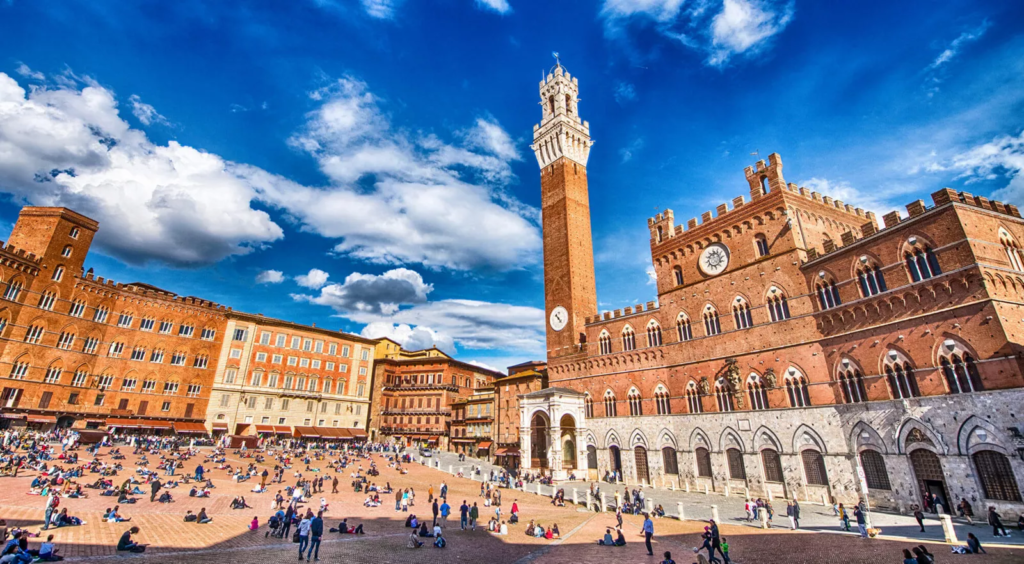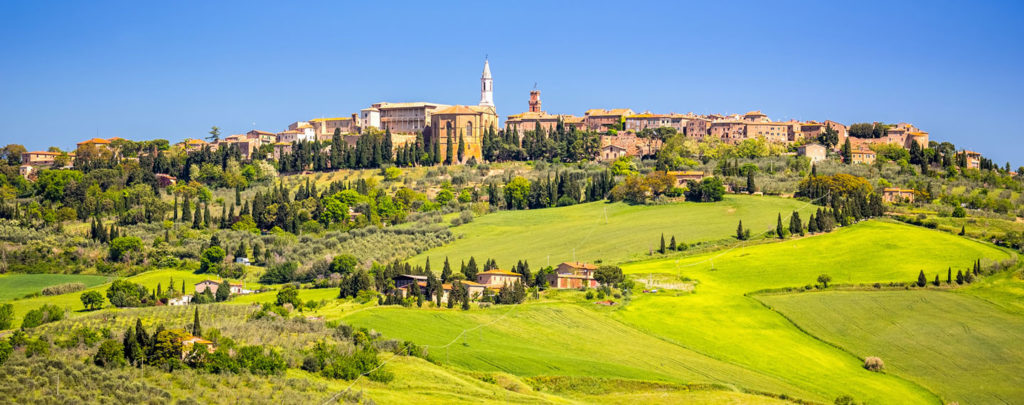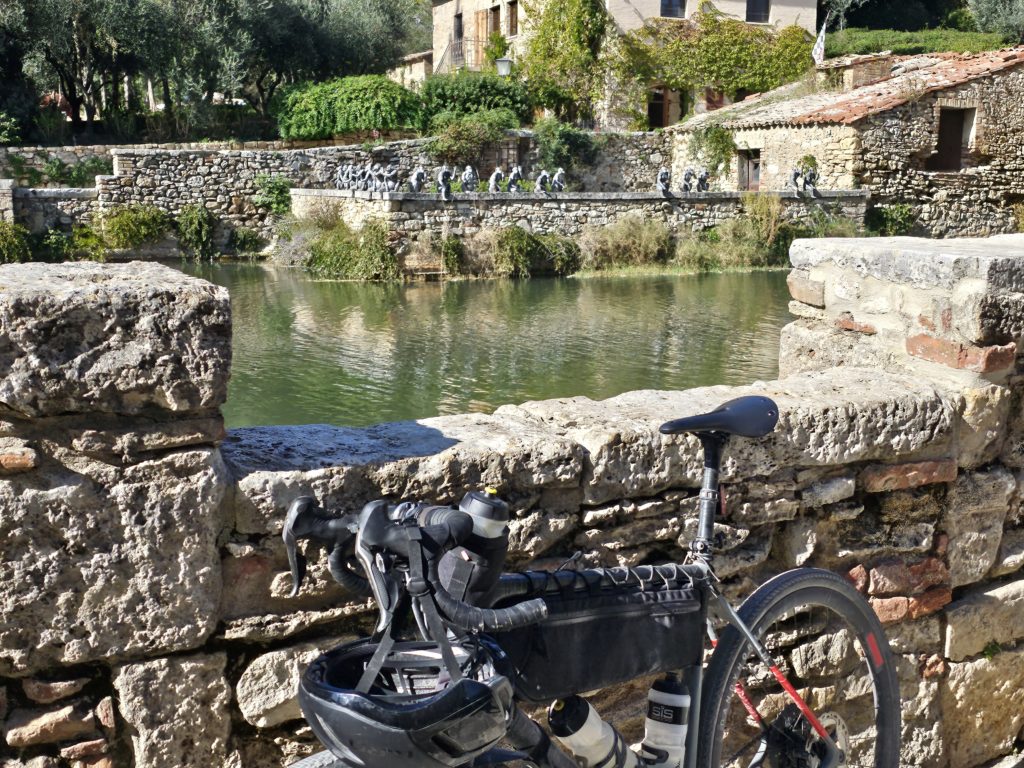Tuscany considered by many to be one of the most beautiful landscapes in Italy. Tuscan cuisine is known worldwide, as are the region's fine wines from the Chianti, Morellino di Scansano and Brunello di Montalcino districts. A comparatively large number of Italy's Renaissance artists and writers originated here, which is why Tuscany can be said to be a center of European cultural development during the Renaissance.

Tuscany has everything that we consider synonymous with Italy: a green rolling landscape with cypresses, stunning medieval towns, ancient castles (many of which have now been converted into hotels), marble-adorned monasteries, world-class wine and amazing cuisine – think only on lovely bistecca fiorentina, bean stews, pasta and panfort. In addition, there are several interesting churches and monasteries, where you can admire frescoes and mosaics from the Renaissance.
Siena

The city was once an independent republic and in the later Middle Ages the city had more inhabitants than Paris. Today, the town still has a medieval atmosphere, and there is virtually no traffic here, which means you can stay in a holiday home a little outside the town and then head into the center to stroll around the cozy little streets that stretch out from beautiful Piazza del Campo. There are two things you absolutely must see in the city: one is the stunning 13th century zebra-striped cathedral with all its marble vaults. In addition, you must also experience the Palazzo Publico, the city's town hall located in the central square, where there is also a museum where you can view Lorenzetti's famous works The good board. You can also head up the 503 steps of the Mangia Tower, where you can enjoy the magnificent view of Piazza del Campo.
Val d'Orcia
The valley is surrounded by an undulating landscape with clay soil, which gives an exciting appearance, which changes in green, yellow or brown, all depending on the season. Only a simple tree or small stone house breaks the picture. Many of these stone houses are built on top of a hill, where the view is the best, and first place for the best view goes to the La Bandita restaurant. You can take a lot of good pictures here, but be prepared for it to be very hot and dusty during the summer months.
Montalcino
Montalcino was for a long time the last outpost of the Sienese against the Romans and Montalcino with its fortress has endured many wars.
Montalcino with its surrounding municipality is home to the wine, and the DOCG appellation, Brunello di Montalcino. In addition to Brunello di Montalcino, Rosso di Montalcino and Moscadello di Montalcino are also made. Rosso is usually made in a similar way to a Brunello wine but the grapes come from younger vines and the aging of the wine is shorter, which also means that the wine cannot be aged as long as a Brunello.

Pienza
This little country town is so small that you can walk through it in five minutes – but there is so much art and architecture in town that you could stay a whole day. The city was founded, or perhaps rather rediscovered, by Aenas Piccolomini, who later became better known as Pope Pius II. He envisioned the city as a utopian country resort that would serve as a model city for all other cities in Tuscany – however, he never completed his project. But you can see several buildings from the 15th and 16th centuries, including several palaces, a cathedral and a museum. There are also several good restaurants here, e.g. Falco and Latte di Luna.

After the wine tasting, you can cross the street to the café from the 19th century, Fiaschetteria Italiana, which is a wonderful place to sit and watch passers-by. A little outside the city, you can enjoy the fantastic nature, and visit the beautiful cream-colored monastery of Sant'Antimo. From here you can take a half-day hike to Bagno Vignoni, through the Orcia gorge, where you will find a beautiful valley with a river and some medieval castles. However, you should remember a compass, a map or a very good local sense.
Bagno Vignoni is one of those places in Tuscany that is quite popular despite its very small size. Why? Because it is enchanting and charming… and it has hot springs! Add a stop here to also enjoy the wonderful views of the Val d'Orcia around the small town, including the Rocca di Tentennano in Castiglione d'Orcia in the distance. Bagno Vignoni is very unique: nowhere else in Italy will you find its central square with a pool filled with hot springs. 49 meters long and 29 meters wide, the Renaissance piazza is built directly over the original source of hot springs enjoyed by the Romans.

